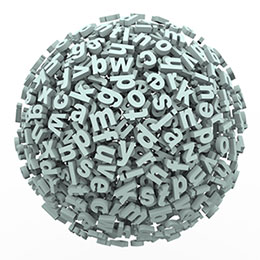 I am not a fan of e‑books. They make books ugly. It follows then, that I am not a great enthusiast for Amazon’s Kindle. That said, I own one. Being someone who occasionally wakes up in the middle of the night, I reach for my Kindle, and read, usually setting the reading level to low light. A twenty-minute read, and I’m back asleep. Takes a while to read a book that way, but there it is.
I am not a fan of e‑books. They make books ugly. It follows then, that I am not a great enthusiast for Amazon’s Kindle. That said, I own one. Being someone who occasionally wakes up in the middle of the night, I reach for my Kindle, and read, usually setting the reading level to low light. A twenty-minute read, and I’m back asleep. Takes a while to read a book that way, but there it is.
Just recently, however, I discovered something I had not noticed on my Kindle. I knew it had a setting for font type (as well as for size of font). Thus there is “Baskerville,” “Bookerly,” “Palatino,” and so forth. What I belatedly realized is that among the typefaces is what is called “OpenDyslexic.”
The typeface is designed so that each font letter is variously weighted, that is to say, there is no uniform thickness. I am in no sense of the word an expert on dyslexia, though I have dysgraphia, and have been interested in such fonts. Moreover, though dysgraphia has been with me all my reading/writing life, I cannot make any claims as to whether this font helps or not. What I can say is that when I normally read my Kindle screen, my eyes tend to slip over the text, as if there was a Teflon factor. When I read my Kindle with this “OpenDyslexic font,” my eyes stay better glued—so to speak—to the text. I read better.
Dyslexia is often a recognized problem in readers. Dysgraphia much less so. Students who have this condition—such as I was—are continually criticized for sloppy work, not paying attention, and being lazy. I was thus. It’s not true, but being continually accused of such has consequence. Last week I met a fifth grader who has dysgraphia. He wanted to meet me knowing I went through the same frustration he does. He wanted encouragement.
Among other things, I mentioned this font to him and his mother.
Will it be helpful? I don’t know. Is it worth trying? I think so. I have a grandson who is dyslexic.I intend to get him a Kindle like mine.
Note: Not all Kindles are the same. Check to see if a particular model has this feature.
3 thoughts on “A possible reading aid?”
I have three boys, ages 8, 9, 10, who are all dyslexic and dysgraphic. Some profoundly so. They all have Kindles, and they all use OpenDyslexic. Honestly, right now, reading is so very difficult that I can’t say if the font helps them. However, I know it helped an 18 year-old friend very much, so I feel it is beneficial to my boys.
I’ve dyslexia and dysgraphia. Although the “OpenDyslexic” font makes no discernible difference for me, another Kindle font — “Caecilia” — gives me the effect that you describe finding with “OpenDyslexic.”
Wonderful! Playing around with the type of font, size, color, and background color can all be helpful–I know you make those kind of modifications for editing, and many of my students make those changes for reading, too. There was a study a few years ago that showed using a phone screen to read in a large font helped improve comprehension (http://www.fastcoexist.com/1679833/using-mobile-screens-to-make-reading-easier-for-dyslexics). With tools like this at many of our fingertips, it’s great to figure out what works best for each of us.